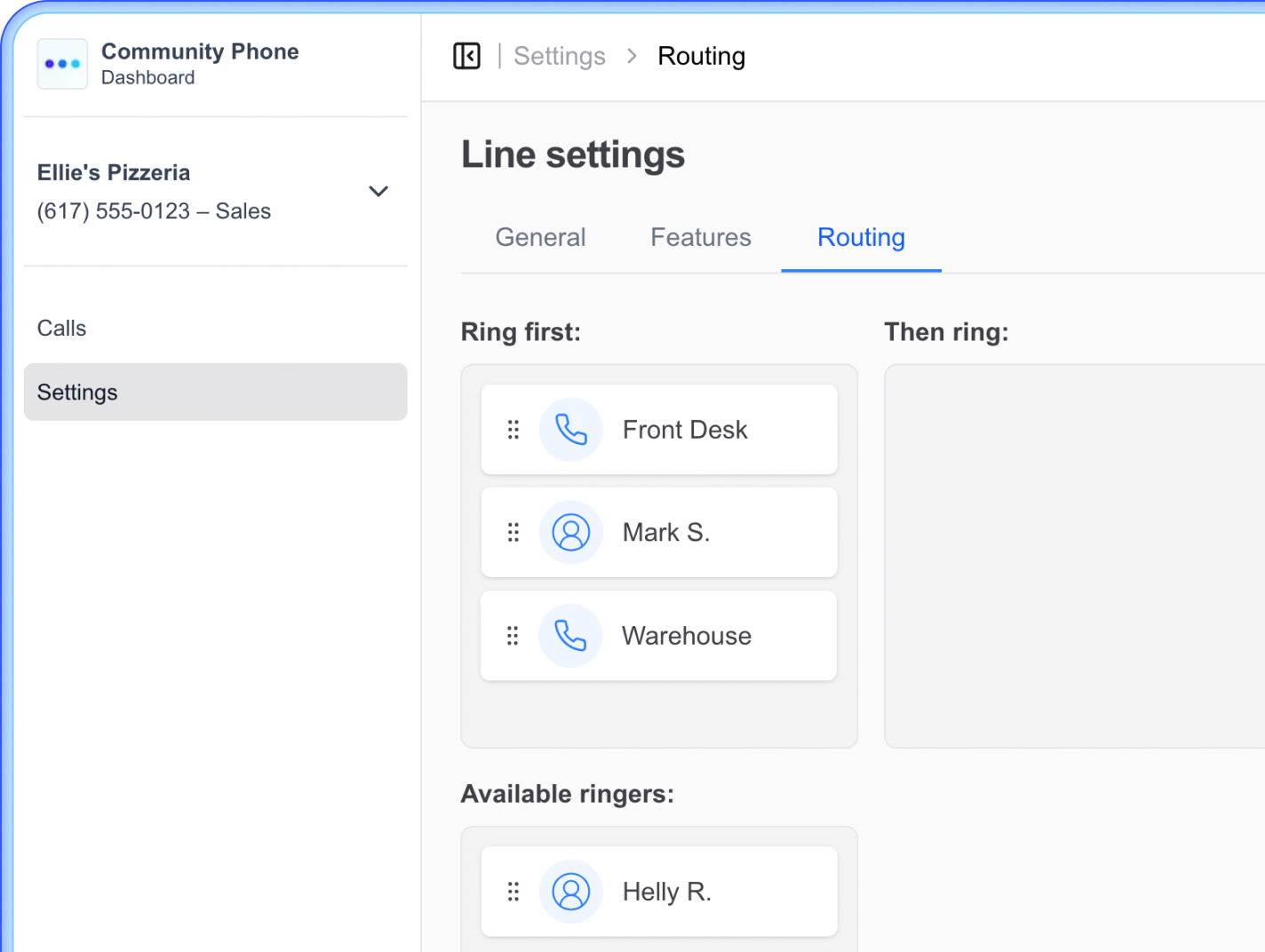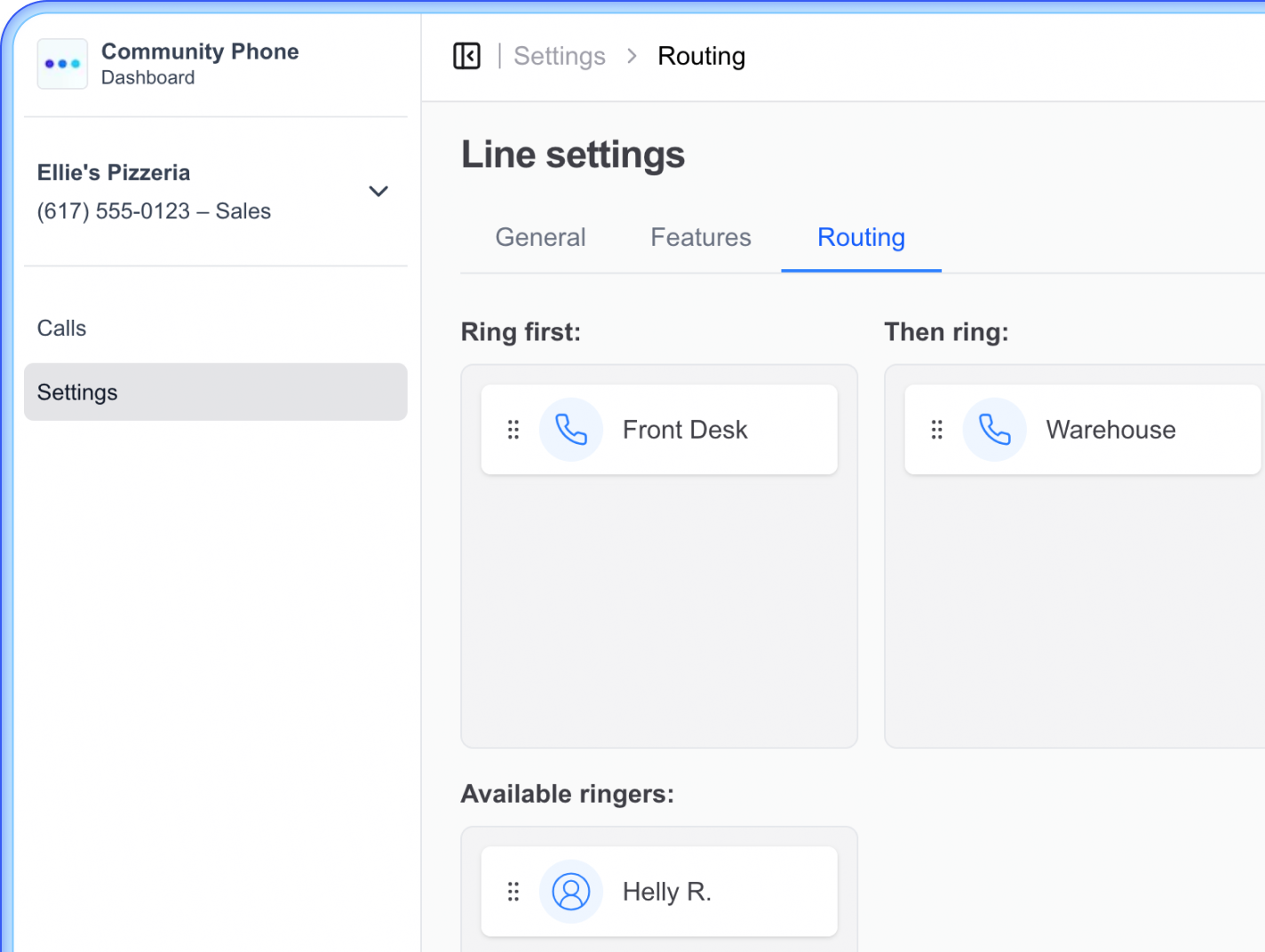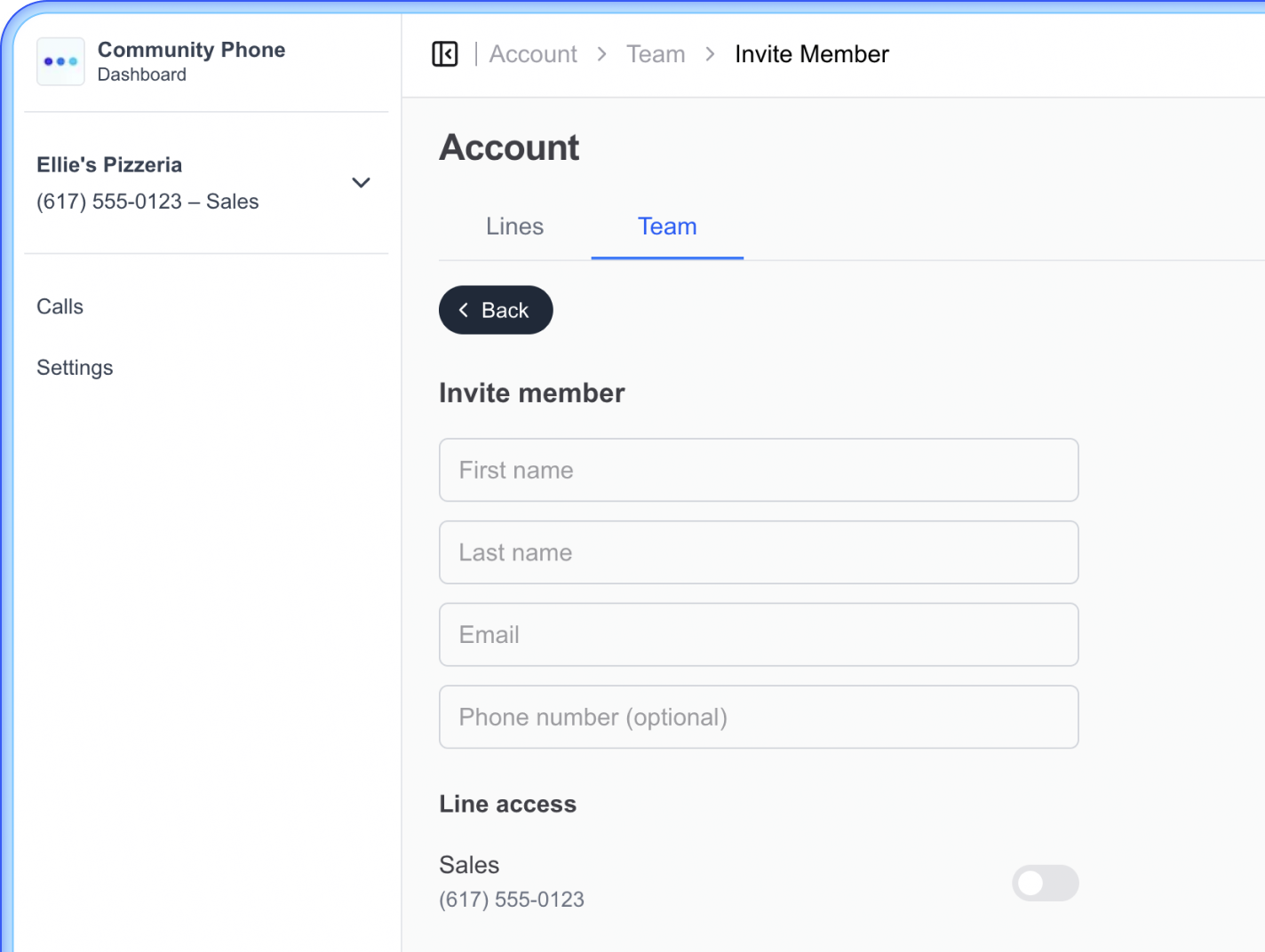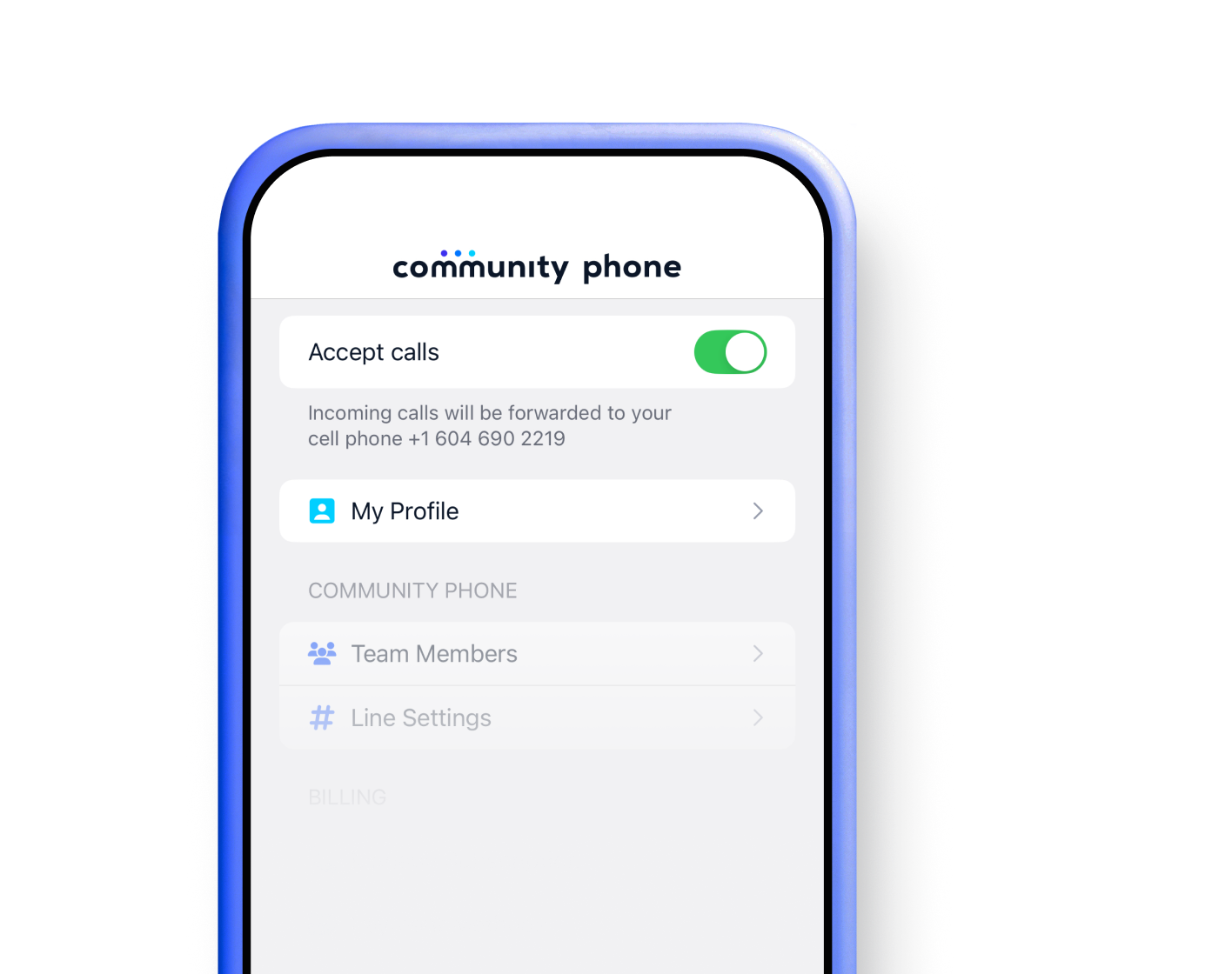Whether you're a small business or a large corporation, call routing is an essential part of your customer service strategy. People want to be able to connect and communicate with your business with ease and always reach the right person. Call routing software allows you to maintain a continuous connection with customers, keep them up to date on their purchases and answer any queries they may have.
What Is Call Routing?
Call routing is a call management function that instantly queues and distributes inbound calls to a team of agents based on a predetermined set of rules and conditions. It allows you to redirect incoming calls and connect customers to the correct department to which they wish to speak to.
Call routing software allows you to change where your calls are routed, based on particular parameters. It ensures that calls are routed to their intended receivers as quickly and efficiently as feasible. Due to these functionalities, it is important that small businesses choose the best call routing software to capture and track call data, while automatically sorting all eligible call receivers.
How Does Call Routing Work?
When you first sign up for a call routing service, you'll need to link up your cell phone or softphone to your best home phone system or computer. Incoming calls from customers will now ring on your phone and your PC. You can pick up either one to answer the phone and start a conversation with your client. Calls will be diverted to an automated attendant or voicemail if you do not pick up within a specific time. This is why call routing software is extremely effective, as it automatically takes care of all of these responsibilities for you, so you don't have to.
What Are The Benefits of Call Routing?
The following are some of the benefits of using call routing software for small businesses:
- Make your business sound more professional.
- Get calls to the right person even if that person isn't in the office all the time (ie. route to personal cell phones).
- Let employees separate business calls from private calls even if they're using a personal cell phone.
- Callers can be forwarded to any phone number in any country.
- Small businesses can answer calls on several phones simultaneously, lowering expenses by reducing equipment requirements.
- You won't have to pay for time spent on calls that didn't go through properly because the call routing software records every call for later examination.
- You can choose how calls are handled based on caller ID information, time of day, and other characteristics (such as language). This allows you to personalize your business operations while reducing staffing expenditures.
- Customer satisfaction can also be improved with call routing software. For example, if callers need to leave a message when they reach your business, they may be unsure whether their call will be returned immediately; but, if they instead reach an automated attendant, they are likely to feel more comfortable giving their contact information.
- Call routing software can provide callers options like pressing one for sales, pressing two for assistance, etc. This further streamlines your business operations by giving callers instant access to specific departments without their time as well as yours.
Types of call routing methods
Call routing methods are call routing rules and criteria that you may use to better disperse your calls. The following are only a few of the best:
1. Geographic Routing
Customers may connect with local offices of firms using a single phone number by routing calls locally. This call routing can be done automatically by identifying the callers' GPS location, or it can be done manually by asking callers to input a zip code into the Interactive voice response. Callers can also be connected to alternate locations if your customer care agents at the primary site are unavailable. Geographic routing promotes local service above all else.
2. Fixed Order
In the fixed order method, calls are always routed to the first available customer care agent. Only if they are unavailable will the call be sent to the next available agent.
3. Rotary
The call assignment is rotated between the customer care personnel of the business. Before the system allocates another call to the first agent, each agent must have a turn.
4. Skills-based Routing
With skills-based routing, callers are routed to agents who are qualified to handle their issues. This is a form of call routing that matches callers' demands with the most qualified agents available at the moment. All billing queries, for example, will be sent to a group of agents who are familiar with your business' billing practices.
5. Percentage routing
Percentage-based routing is a method for routing calls across customer care teams depending on their sizes. It allows you to assign a certain team a set percentage of calls. You might, for example, divide calls between two sales teams, with 70% going to Team A and 30% going to Team B.
6. Time-Based
Calls are only assigned to agents during business hours or at a specific time of day. This is especially handy when your business has offices in different countries and provides support at various hours of the day.
Best Call Routing Software: Community Phone
Community Phone offers simple call forwarding and routing that keeps your business connected wherever you are. Forward calls easily to any device—keep your business accessible at any time with no complex setup required.
Here are the key features:
Simultaneous Ring
Have your incoming calls ring on both your physical phones and app users at the same time. This ensures that no matter where your team is, someone is ready to pick up the call—while those with their availability turned off are automatically skipped.

Rollover Ring
When your first ring group isn’t answering, the call can automatically roll over to the next available team member or group. Keep your operations running smoothly even during busy times or staff absences.

Shared Phone Line Access
Give anyone you want access to the same phone line. Great for business owners who need help answering the phone or busy families trying to juggle important calls coming into a certain phone line.

Forward Calls to Cell Phones
Using the Community Phone app, you can easily forward your main line to your personal cell so you never miss a call. And great for business owners—if you call someone with our app, your business number will show on the recipient’s caller ID, keeping your personal cell private.

How Community Phone can benefit your business
With Community Phone's call routing features, you can ensure your business stays connected no matter where your team is located. Whether you need calls to ring simultaneously across multiple devices, automatically roll over to backup team members, or forward to personal cell phones while keeping your business number visible, our simple setup keeps your operations running smoothly without the complexity of traditional phone systems.
Call Routing FAQS
What does it mean to route a call?
An incoming phone call is routed when directed from one phone line to another. You may need to route a call for a variety of reasons: You're having technical difficulties with your primary phone line, or you'd like your customers and clients to know that in the event of an emergency, calls would be routed to a different person or location; and, despite the lack of rationale, some people route their calls for fun.
How do I route an incoming call?
To begin, use the auto-attendant or DISA features of your landline or cell phone. Callers will be given prompts and options (e.g., press 1 for sales, 2 for service) to direct them to the appropriate department. You can then route their calls to extensions depending on priority after making their choice. For example, if someone phones in asking about products A and B, you can set up rules so that all inquiries regarding product A go straight to a specific extension.
Why is call routing essential?
A call routing service will most likely benefit your business if it works on a larger scale and has numerous staff answering calls every day. Customers who call your company phone number(s) benefit from call routing since they are immediately sent between personnel who can answer their inquiries. Callers can access specific departments or sales associates by clicking a button when dialing one of your firm's phone numbers.
